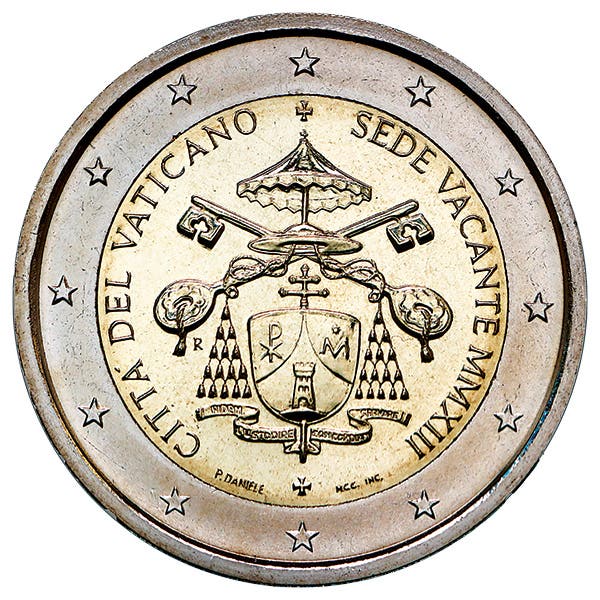A New Mint is Born
The need for circulating coinage is being challenged by modern substitutes in many places around the world. Apparently the Philippines isn’t one of these places. On Sept. 13, the Bangko…
The need for circulating coinage is being challenged by modern substitutes in many places around the world. Apparently the Philippines isn’t one of these places. On Sept. 13, the Bangko Sentral Ng Pilipinas or Central Bank of the Philippines announced the Philippine mint is being relocated due to increasing production requirements.
It will, according to central bank information, take two years to build the new facility. The mint and printing plant will be located in Capas, Tarlac. This means the facility will be moved outside metropolitan Manila.
Capas is being touted as the Philippines’ most futuristic city. Capas includes an area known as New Clark City. Ground was broken for New Clark City in Capas in 2016. The area is being publicized as a business contingency hub for the Philippine government. The ‘city’ is being planned as a backup should Manila experience natural catastrophes such as floods and earthquakes. New Clark City is in the Capas’ Bases Conversion and Development Authority reservation and was formerly used as a military aircraft test site when the area was under U.S. control as Clark Air Base. New Clark City will also be used as a site for part of the 2019 Southeast Asian Games.
On Sept. 13, BSP Governor Benjamin Diokno and BCDA President and Chief Executive Officer, Vivencio Dizon, signed a memorandum of understanding through which the BSP’s Security Plant Complex will be transferred from its current location on East Avenue, Quezon City. The plan calls for the new facility to be built on a 29-hectare (71.6 acres) plot within the 200-hectare (about 494 acres) National Government Administrative Center in New Clark City. New Clark City encompasses 9,450 hectares or about 23,351 acres. The East Avenue property will be sold by the government following the move.
The Quezon City facility is 41 years old. It houses a security printing plant, banknote printing plant, a mint, and a gold refinery. One of the problems the new plant will alleviate, according to Diokno, is banknote printing capacity. The current plant can print 3 billion notes annually. The Capas facility will have a capacity of 5 billion notes. Due to demand, some banknote production is currently outsourced.
According to Diokno, “It [SPC] will be bid out for some private sector developers. That’s part of it; there is no point in having two mints plants, two printing complexes.”
Spain, and later the United States, struck coins for the Philippines prior to the Philippines achieving its modern independence. The Spanish controlled Casa de Moneda struck coins beginning in 1861 through 1898. The later coins struck during Spanish rule have the frozen date 1885. While under United States sovereignty (until 1946) Philippine peso-denominated coins were struck at U.S. Mint facilities in Denver, Philadelphia, and San Francisco as well as at the Manila Mint beginning in 1920 through 1941 when Japan invaded the Philippines during World War Two. One notable U.S. initiated error coin is the 1944-D/S 20 centavos.
Allied defenders of the island of Corregidor in Manila Bay dumped large amounts of silver coins into the ocean rather than allow Japan to capture the bullion in 1942. Much of this silver has since been recovered.
The current New Generation Currency Coin series was introduced in 2018. The coins feature native Philippine flora or renowned national heroes. Coins are struck in denominations of 1, 5, and 25 sentimo, and 1, 5, and 10 pesos for circulation. Commemoratives are struck in denominations of 1, 5, 10, 50, and 500 pesos. Banknotes are issued in denominations of 20, 50, 100, 200, 500, and 1,000 pesos.








